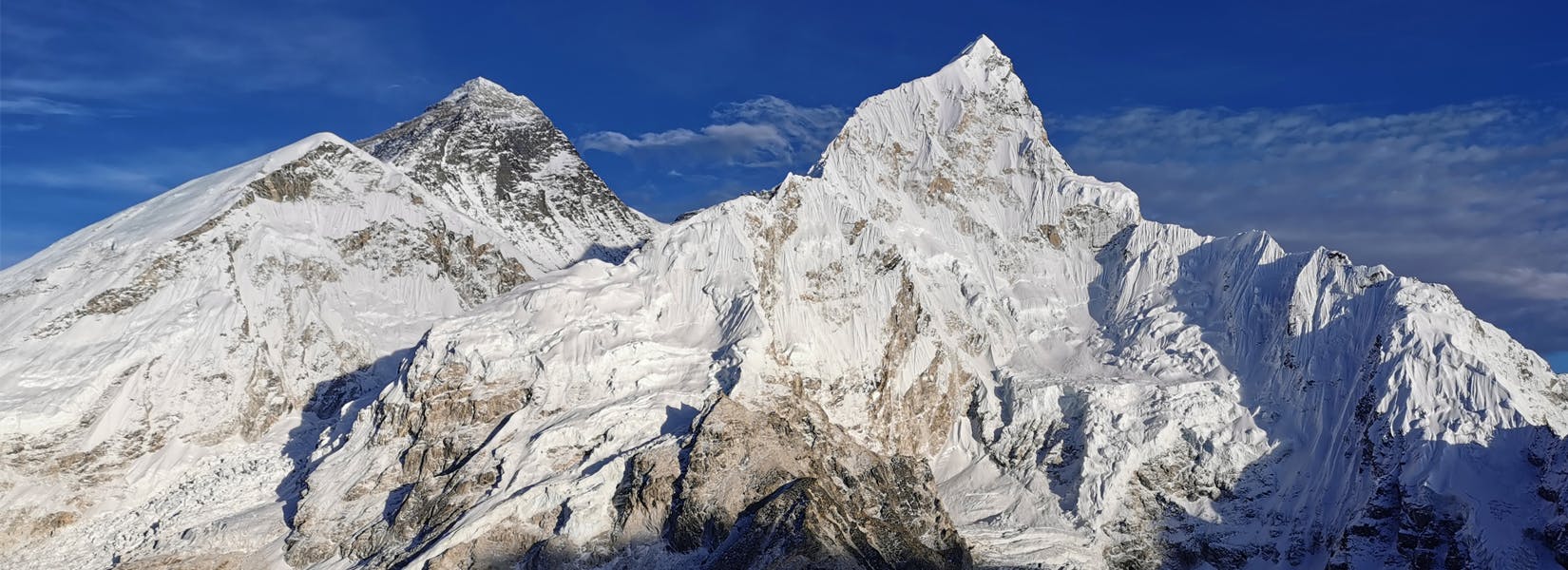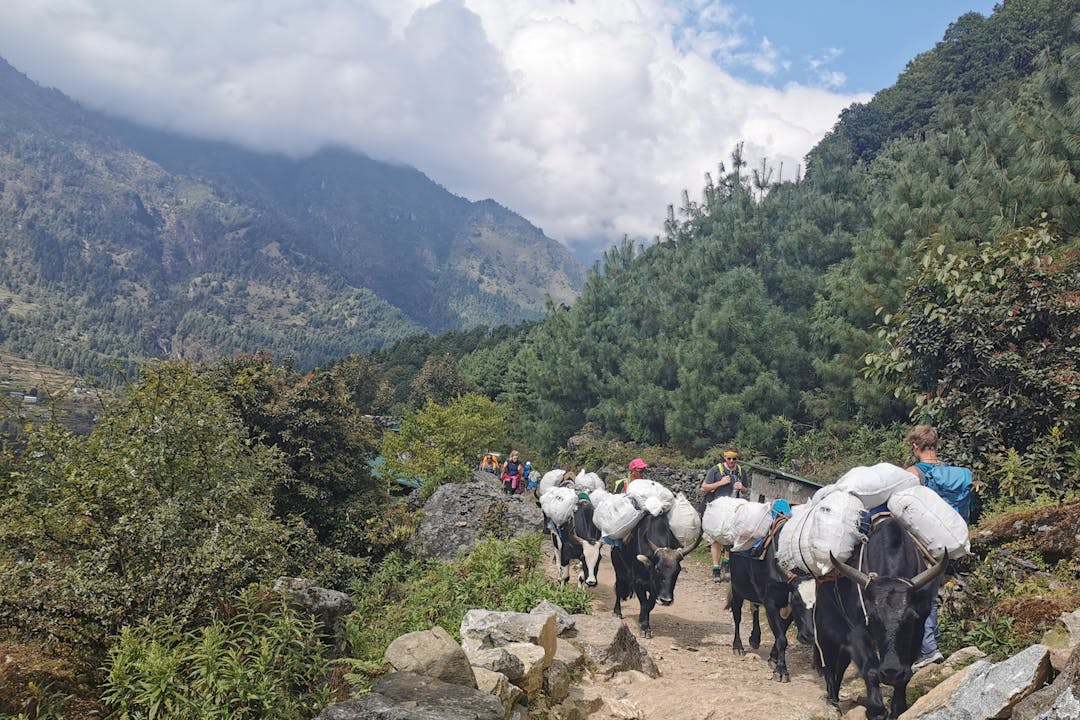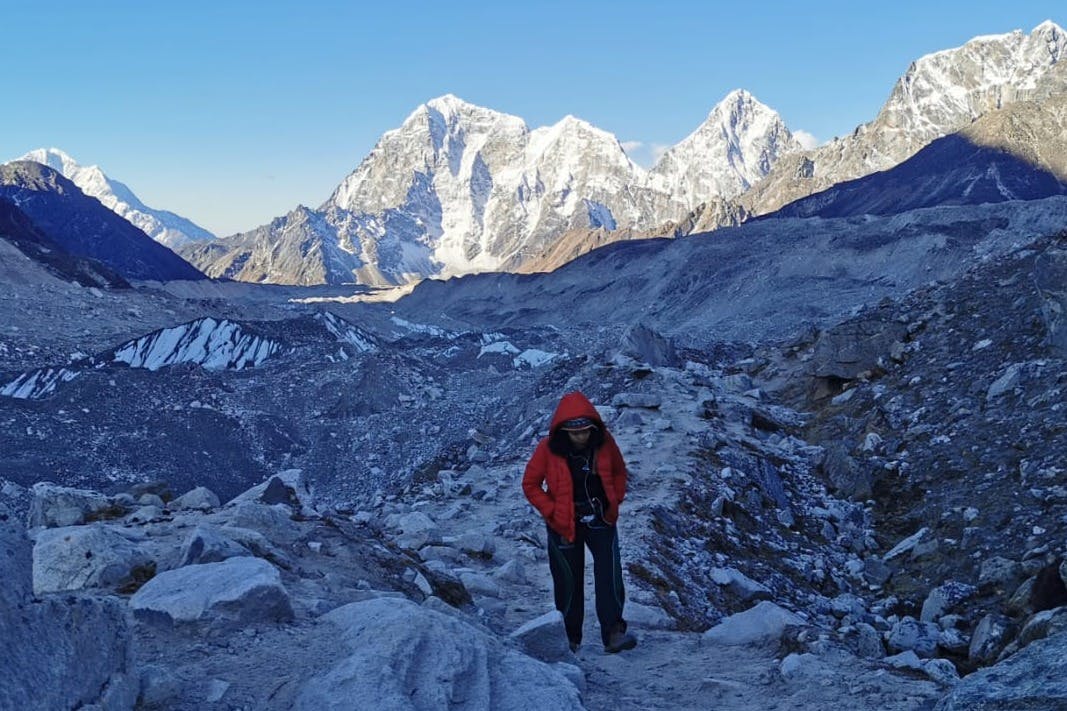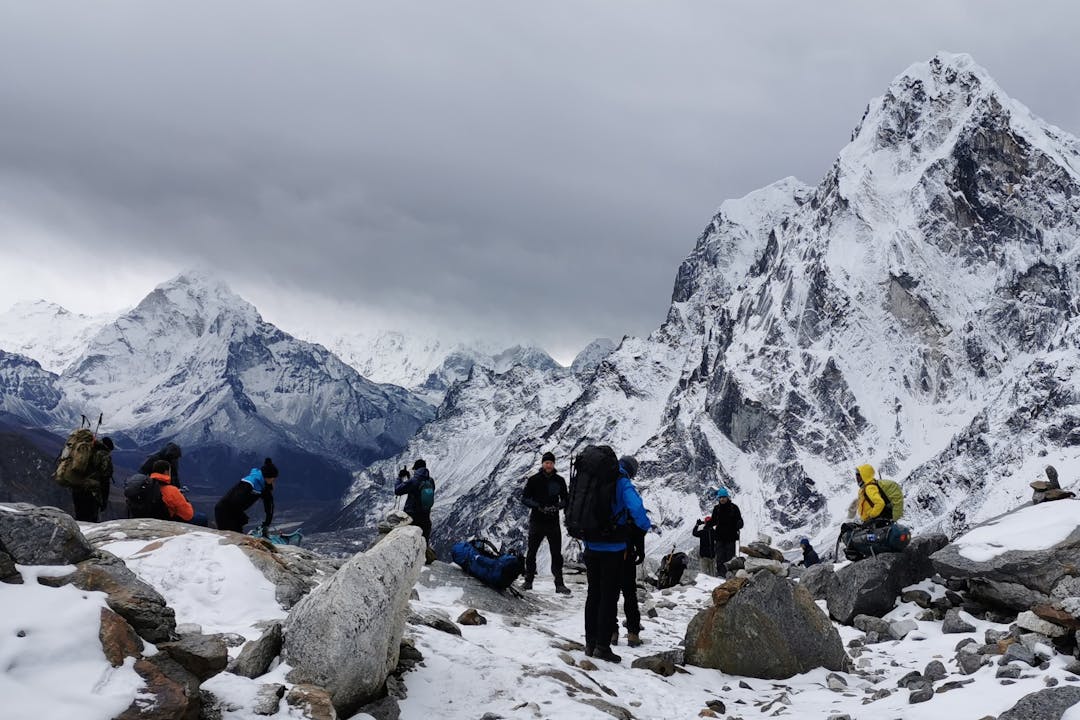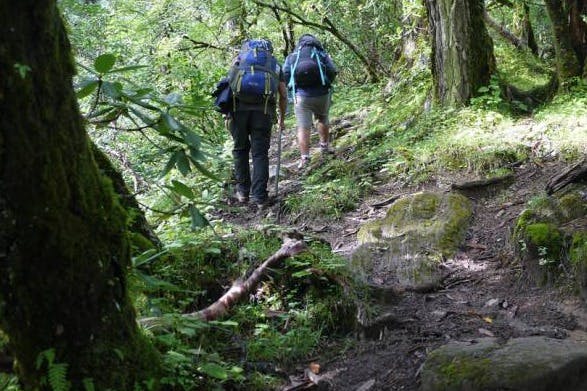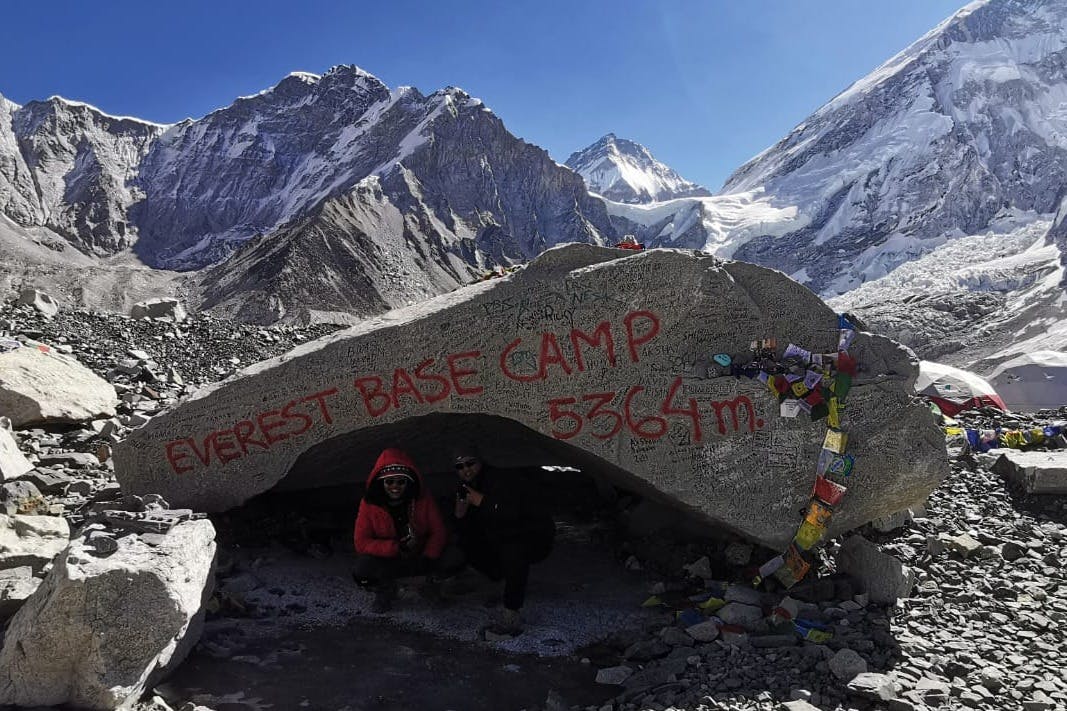Everest Mani Rimdu Festival Trek is a cultural excursion in the Khumbu region to let you go insights into the Tibetan Buddhist culture and traditions. The festival is celebrated in three different locations in the Khumbu region, but the Mani Rimdu festival in the Tengboche monastery is heavily performed and Nepal Kameleon Holidays recommends this place.
Mani Rimdu festival in Khumbu is celebrated for nineteen days and three days are mainly celebrated publicly so that the trekkers and visitors can enjoy the festival. Every year, hundreds of culture-loving trekkers go to the Mani Rimdu festival trek to explore the brilliant celebration with the Buddhist prowess of meditation, cultural performance, and worship. The Mani Rimdu festival date usually falls in the 9th Tibetan month, which is at the full moon of October or November. The Sherpa people of the Khumbu region gather in the various monasteries where the festival is held and celebrate with great excitement. Mani Rimdu Festival Trek in Khumbu begins from Lukla and goes through the Dudh Koshi Valley, Namche Bazaar, and exploring the Sherpa cultural sights, walk to the Tengboche monastery. With the gathering of the high Lamas and the devotees, the Mani Rimdu cultural performance goes on, which symbolically presents the scenario of virtues rewarded and vices demolished. During the Mani Rimdu celebration, the mask dance is performed with unique Kameleon garments. The setting of the monastery becomes exclusively decorated with spiritual jewels. Please, contact Nepal Kameleon Holidays for more details about the trek.
Different steps of the Mani Rimdu Festival in Everest
- Setting up of the Sand Mandala (symbolizes Mandala and deities abode)
- Wong (The Empowerment)- open performance
- Chham (The Dances)- the dance performance, demons are punished and virtues are rewarded
- Ser-Kyem: Tantric magician performance with unique garments
- The Fire Puja (Jinsak) - the message brings that vices are burnt down certainly.
- Chhingpa- dance related to the defense of the sacred faith against demons. Dances are performed with various musical equipment in slow motion.
